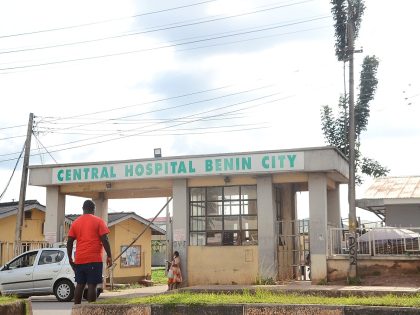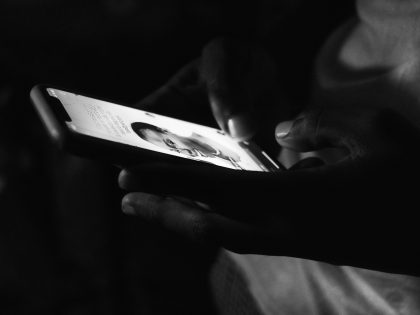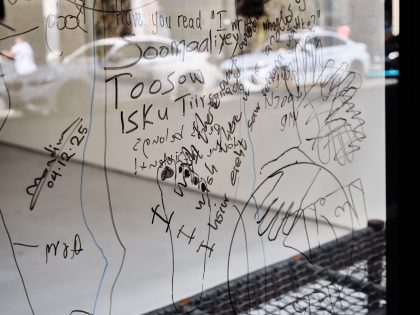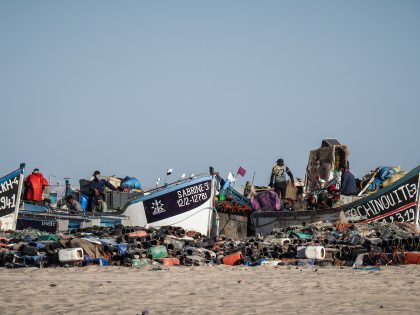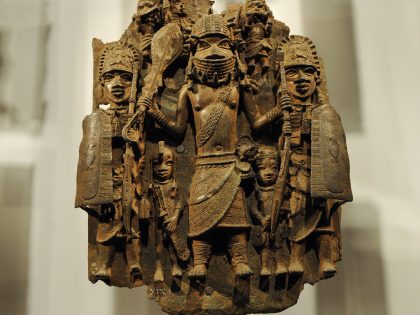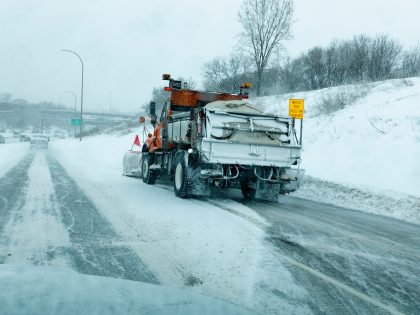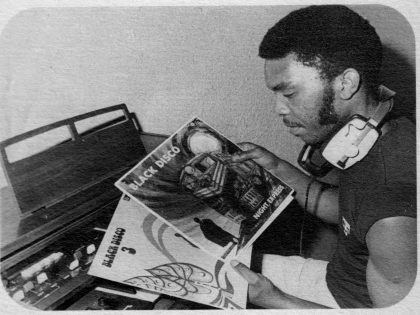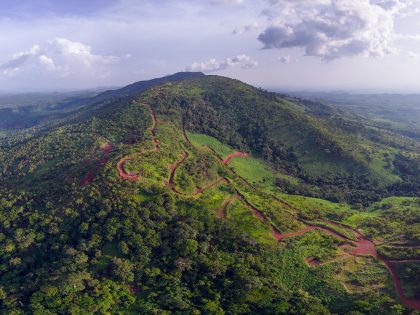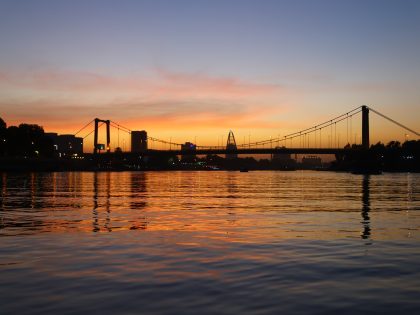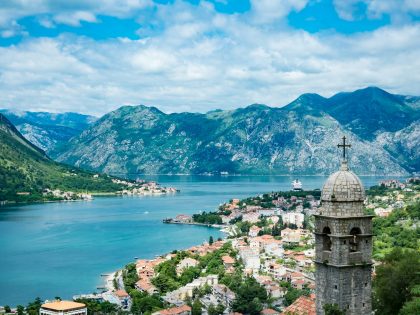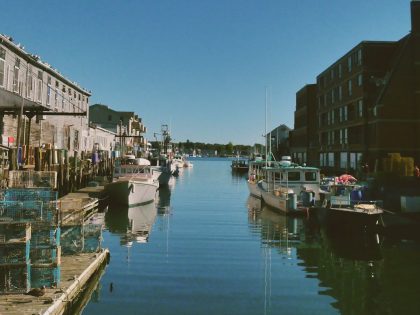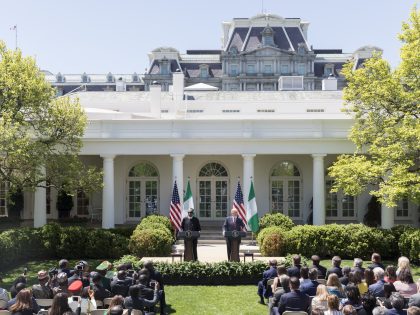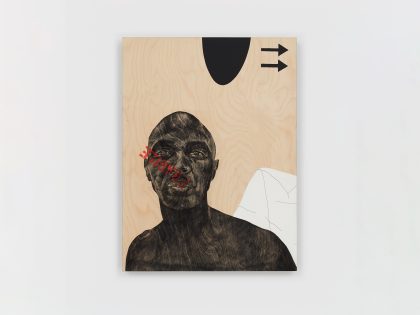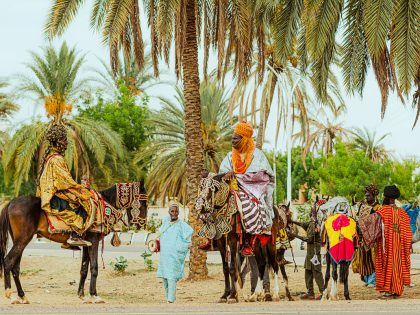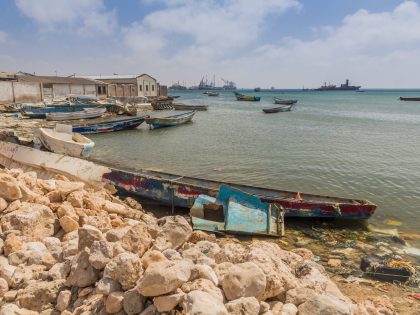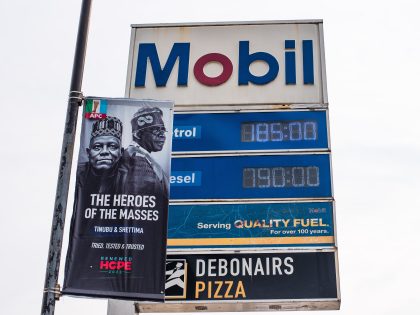Shemelis Desta

A post about Ethiopia that is not about Meles Zenawi’s regime. Next week (Tuesday 7 till Sunday 12 December 2010) the inaugural Addis Photo Fest, featuring a group of African and African diaspora photographers, takes over the Ethiopian capital. (The festival is curated by the young, photographer Aida Muluneh). One of the highlights is a retrospective of the work of London-based Shemelis Desta, who was official photographer to the Emperor of Ethiopia, Haile Selassie, from the early 1960s until Selassie was overthrown in a military coup in 1974. The photo above was taken in 1971 and shows the newly ordained second Patriarch of the Ethiopian Orthodox Church, Abune Theophilos, kissing Selassie’s hand as a sign of respect and gratitude. To learn more about Desta’s work and his impact, see here, here and here (The latter is an online gallery created by one of Desta’s two sons).
Below are two more of Desta’s pictures: When Britian’s Queen Elizabeth came to visit Selassie in 1965 and when Fidel Castro came to see Selassie’s conquerer, Mengisto Haile Mariam in 1977.


